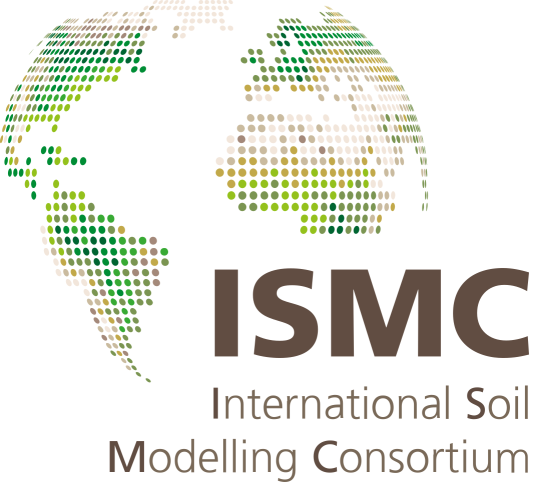On the mechanistic foundation and limit of Liebig’s law of the minimum
- Lawrence Berkeley National Laboratory, Berkeley, United States of America (jinyuntang@gmail.com)
In ecosystem biogeochemistry, Liebig’s law of the minimum (LLM) is one of the most widely used rules to model and interpret biological growth. Although it is intuitively accepted as being true, its mechanistic foundation has never been clearly presented. We here first show that LLM can be derived from the law of mass action, the state of art theory for modeling biogeochemical reactions. We further show that there are (at least) another two approximations (the synthesizing unit (SU) model and additive model) that are more accurate than LLM in approximating the law of mass action. We then evaluated the LLM, SU, and additive models against growth data of algae and plants. For algae growth, we found all three models are equally accurate, albeit with different parameter values. For plants, LLM failed to accurately model one dataset, and achieved equally good results for other datasets with very different parameters. We also find that LLM does not allow flexible elemental stoichiometry, which is an oft-observed characteristic of plants, when an organism’s growth is modeled as a function of substrate uptake flux. In summary, we caution the use of LLM for modeling biological growth if one is interested in representing the organisms’ capability in adapting to different nutrient conditions.
How to cite: Tang, J. and Riley, W.: On the mechanistic foundation and limit of Liebig’s law of the minimum, 3rd ISMC Conference ─ Advances in Modeling Soil Systems, online, 18–22 May 2021, ISMC2021-16, https://doi.org/10.5194/ismc2021-16, 2021.

